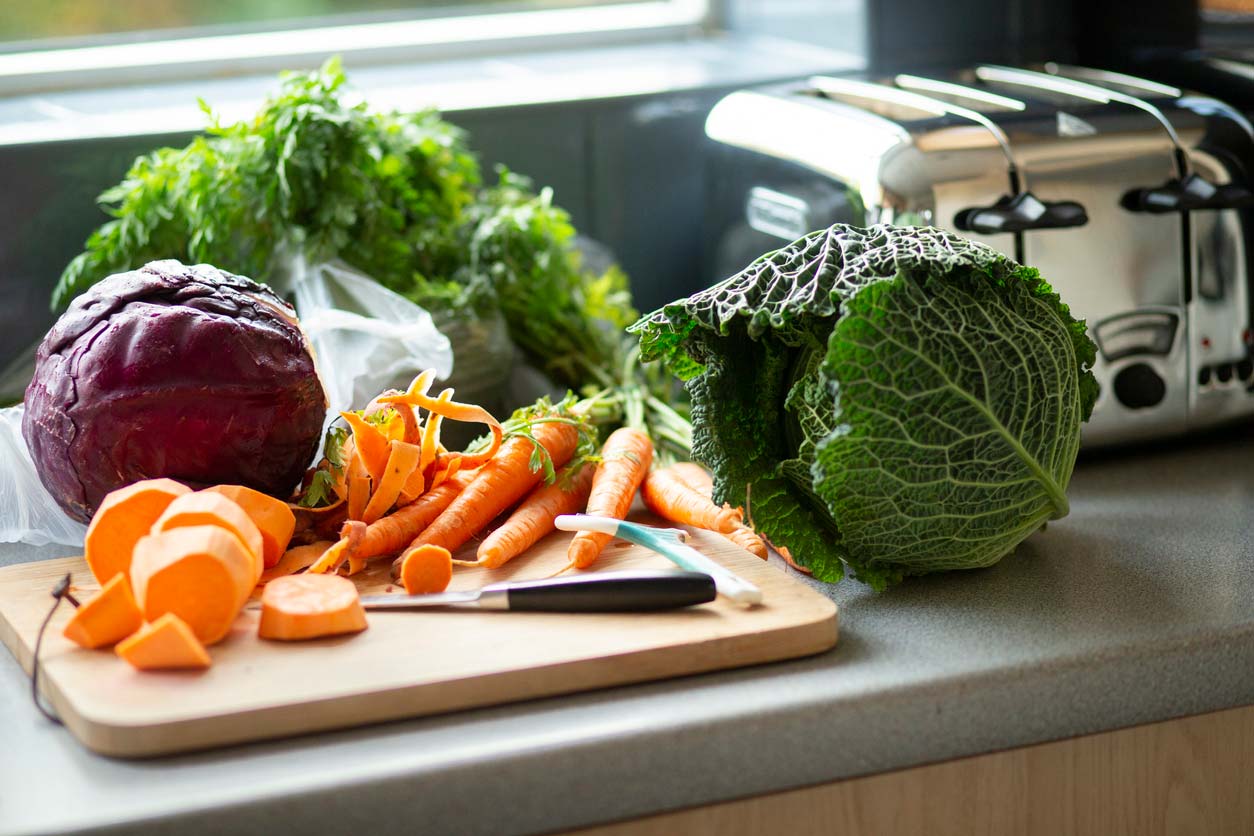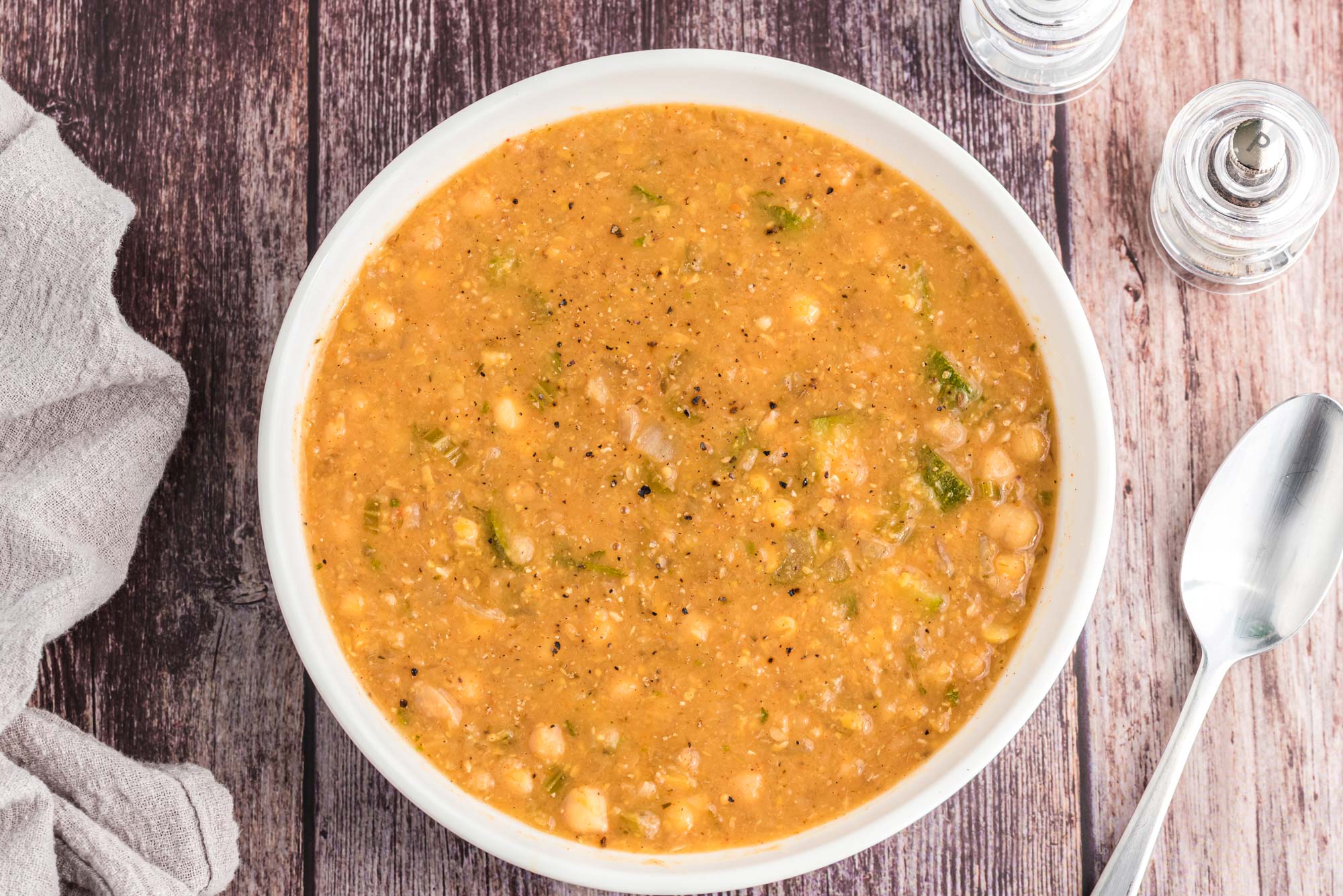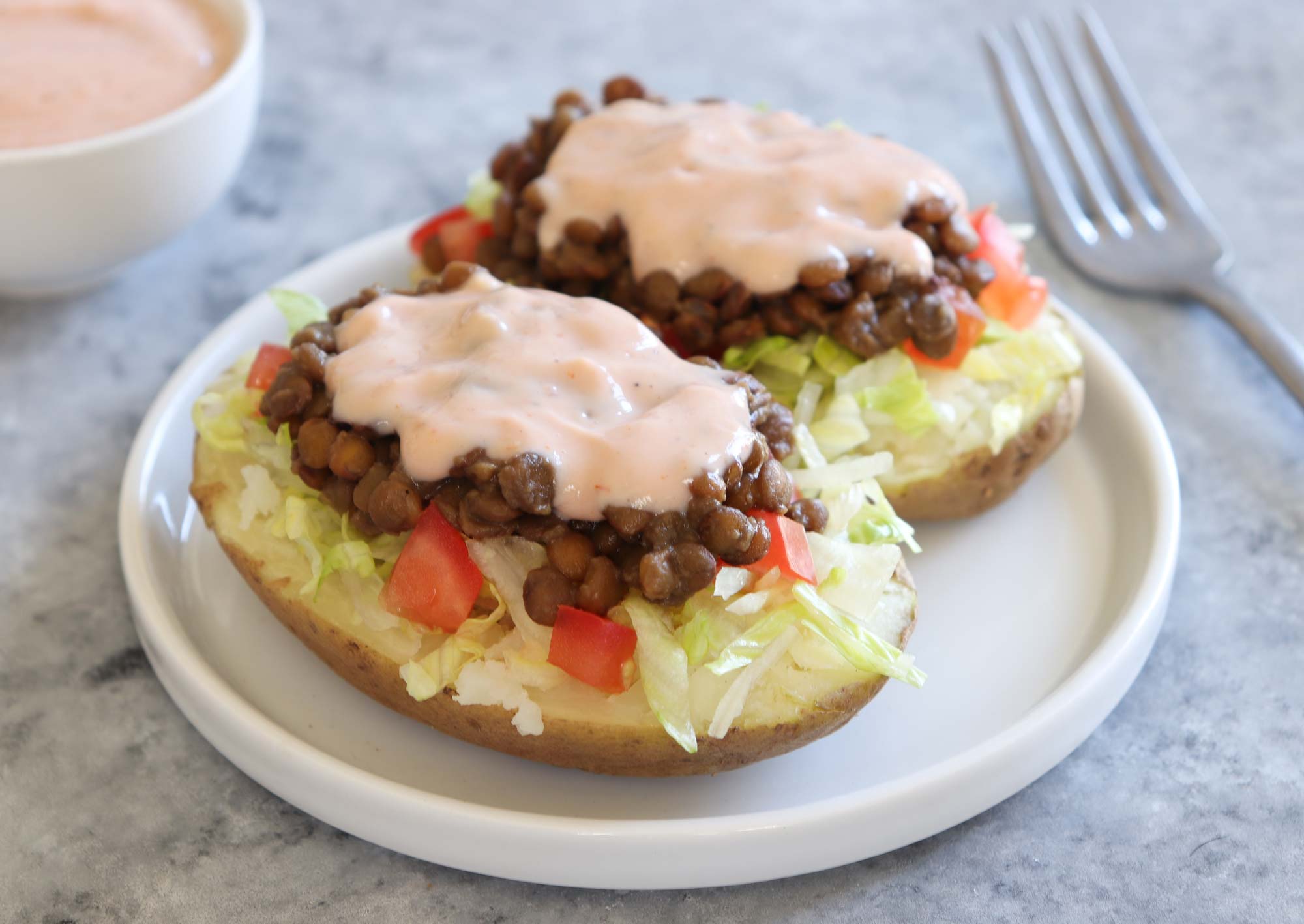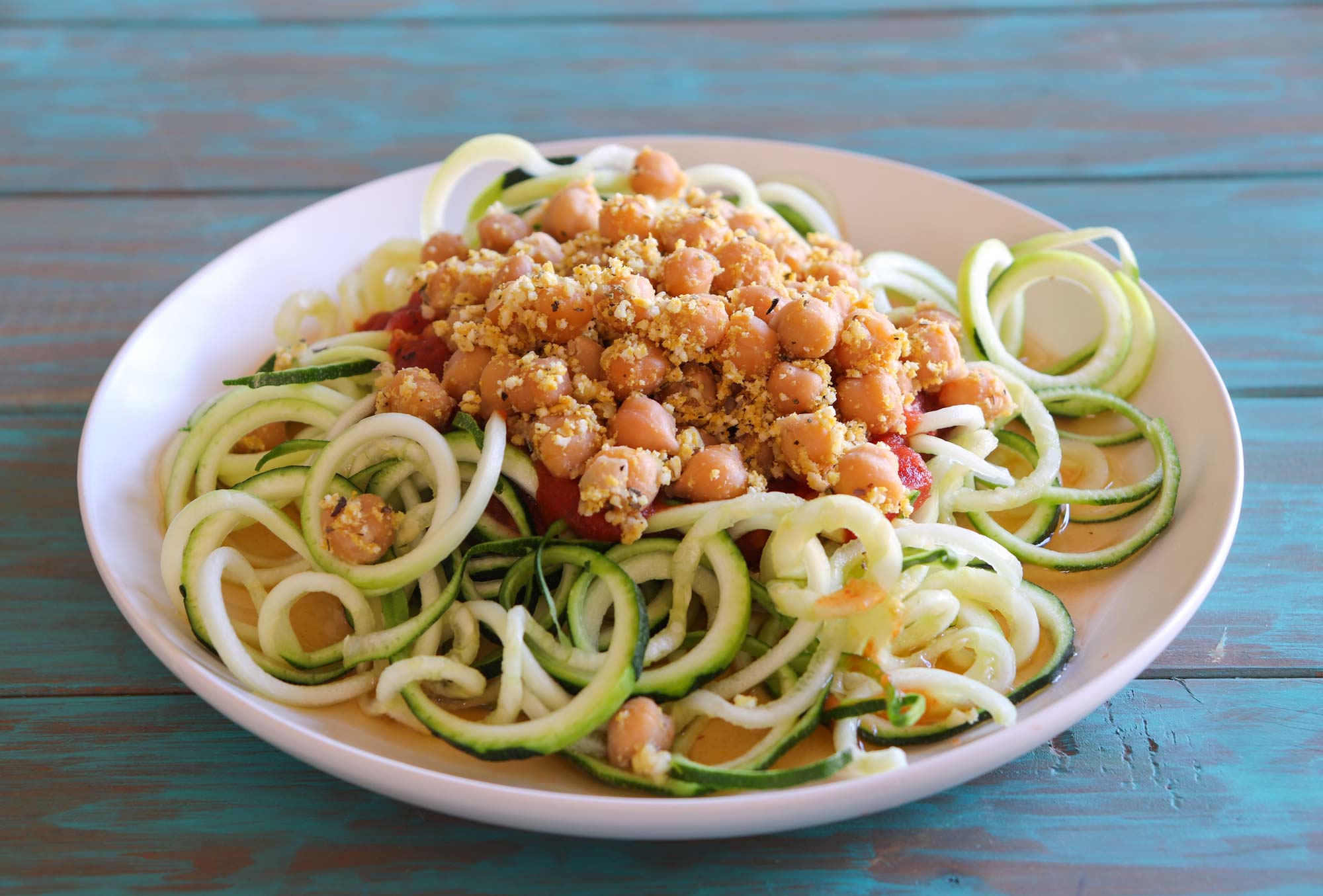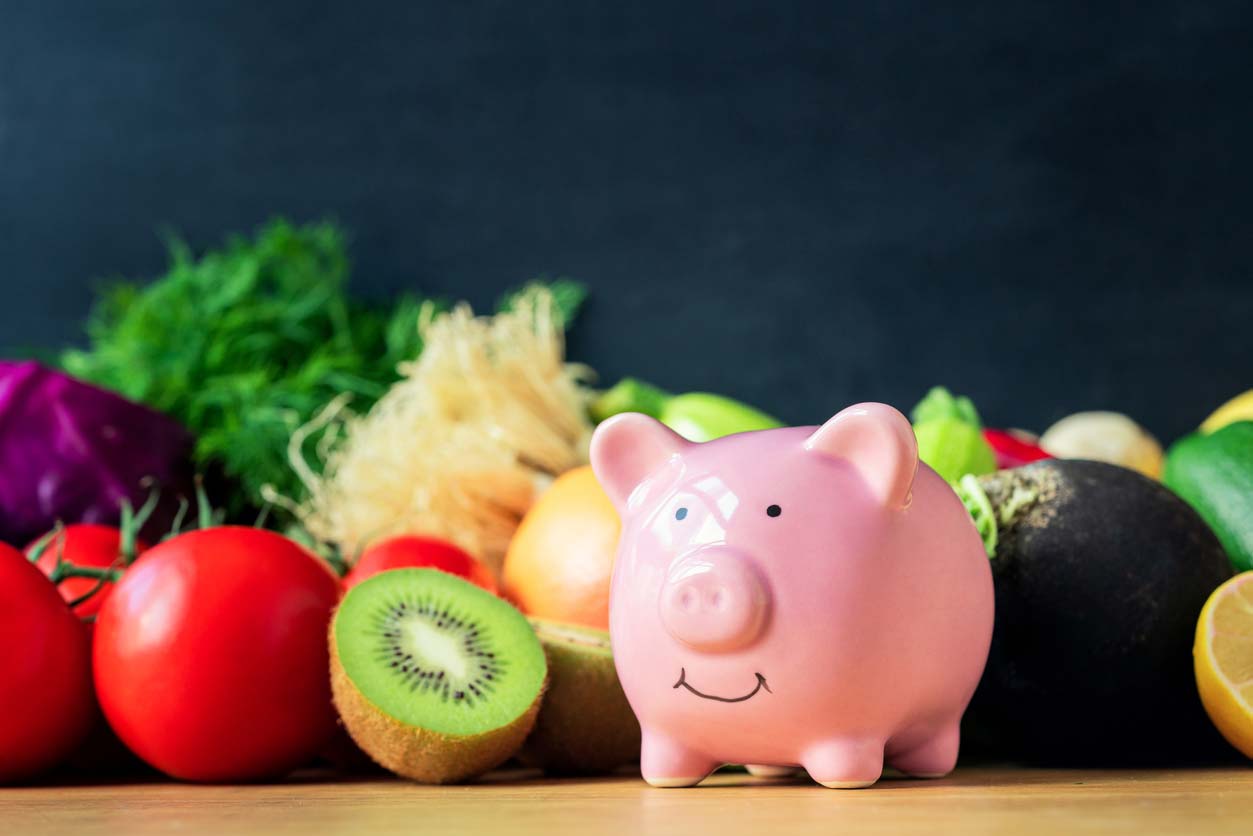Does eating a plant-based diet seem out of reach or out of your budget? Right now, many people are struggling to put any food on the table, plant-based or otherwise. In addition to housing and transportation, food is one of the largest expenses for most people. Americans spend around 10% of their income on food. And before the pandemic, this was divided almost exactly in half between food consumed at home and food purchased away from home. Of course, these numbers may be higher or lower depending on where you live, your household income, the costs of food and living in your community, how many people live in your home, your financial context, and your eating habits.
But these days, people are eating at home more than they have in a long time. With so many people out of work and struggling to make ends meet, the need for healthy recipes using inexpensive ingredients is greater than ever.
If you’re concerned about feeding your family, then spending extra to eat healthy may feel like a luxury you just can’t afford. But the good news is you don’t have to choose between nutritious food and affordable food. You can eat healthfully — and actually save money in the process. Here’s how to eat plant-based on a budget.
Figuring Out Your Budget
If you want to do anything on a budget, the first step is to clarify what that budget is. There are many tools and applications that can help with budgeting (like the ones listed here). If money’s tight, then budgeting is even more important, so you can have accurate information about where you stand — and can make the best choices about how to allocate the limited resources you have to work with.
There are a few specific tools that might be helpful to you in creating or clarifying your household food budget. One is the USDA Food Plans. These are cost of food reports that the USDA puts together on a monthly basis, representing a nutritious (at least as defined by the USDA) diet at four different cost levels. Of course, costs vary tremendously in different states and nations, but this can give you a sense of what the USDA is estimating based on national averages in the United States.
Using the most current data as of this writing, the USDA estimates that the average family of four can eat a nutritious diet for as little as $500 a month for a low-cost plan, and up to $800 a month for a more liberal one. The plans assume some level of meat and dairy consumption, as well as a preference for prepared foods over cooking from scratch, so it’s entirely possible to feed your family a nutritious diet at the low end of that range without animal products. Below, we’ll show you how.
Getting the Most Nutritious Bang for Your Buck
There are two main metrics to look at when it comes to stretching your food dollars for maximal value. The first is caloric, and the second is nutritional.
If someone doesn’t get enough calories, their body will eventually starve. For hundreds of millions of people in the world, that’s the gravest dietary danger. And it’s a formidable one. If eating at all is priority number one, then anything available and edible becomes better than nothing. And many people who are on the edge of starvation base their diets around white flour, low-quality bottled oils, added sugars, processed and fried meats, and other highly processed foods. This is one of the primary reasons that a host of health problems, from obesity to type 2 diabetes to cardiovascular disease, tend to be highest among low-income communities.
But the next food value metric to look at is nutritional. Highly processed foods may be a cheap source of calories, but they tend to be nearly devoid of the vitamins, minerals, fiber, flavonoids, antioxidants, and other nutrients that are critical to your health.
Dr. Joel Fuhrman created the ANDI (aggregate nutrient density index) food score to identify the most nutrient-dense, healthy plant foods. The ANDI system determines the healthfulness of common foods based on how much nutrition you’ll get per calorie. Specifically, the ANDI score is based on 34 important nutritional parameters and ranks all foods on a scale from 1 to 1000. A score of 1000 belongs to the most nutrient-dense foods, such as green leafy vegetables like kale, collards, and mustard greens.
Best Foods for Eating Plant-Based on a Budget
The ANDI score doesn’t reference the costs of the foods, though, so you’ll need more information to maximize the nutritional power of each dollar. Our team did some digging, and using both the ANDI scores and the Ag Marketing Resource Center to evaluate commercial food prices, we came up with a list of some of the least expensive, healthiest plant foods. Here they are, in no specific order.
- Legumes, including beans, peas, and lentils. Purchasing dry in bulk is the most economical option. But canned legumes is another good option that can be relatively inexpensive.
- Whole grains (including rice, oats, wheat, and corn) and pseudograins (such as millet, amaranth, quinoa, and buckwheat)
- Carrots
- White and red potatoes
- Sweet potatoes
- Cabbage
- Tofu (to avoid GMOs, aim for organic soy foods)
- Broccoli
- Cauliflower
- Lettuce
- Cantaloupe
- Bananas
- Sweet corn, especially when purchased on the cob (Again, choose organic to avoid GMOs.)
- Sunflower seeds
- White button mushrooms
- Nutritional yeast
- Flax seeds
All of these foods are nutrient-dense, versatile, and fit in easily to a plant-based diet without breaking the bank. Keep in mind that you may be able to save money by purchasing fresh produce during its peak growing seasons, buying frozen produce (yes, it’s still super nutritious), or growing your own.
You may have noticed that prepared foods aren’t on this list — and neither are restaurant meals. While it’s nice to have some of these convenient options at times, and lovely to support local restaurants when you can, the truth is that when it comes to saving money and eating well, your best bet is to prepare as much of your food as possible. That also enables you to ensure all of your ingredients are in alignment with your health and ethical values.
Where to Shop for Healthy Food on a Budget
The best places to shop for plant-based foods will depend on a number of factors, including whether you receive government assistance for food.
Some options to consider include:
- Grocery stores and grocery outlet stores
- Natural foods stores
- Discount and wholesale stores
- CSA (community-supported agriculture) or produce subscription boxes, including discounted produce from Imperfect Foods and Misfits Market
- Food co-ops
- Farmers markets (Try approaching vendors as the end of the market approaches, asking whether they have any fresh produce they can sell to you at a discount. If they have produce that hasn’t sold during the normal market hours, they may be happy to sell it to you at a significantly reduced cost, rather than having to pack it up and take it home.)
- Online, especially through retailers that specialize in bulk food sales (like nuts.com)
If You Need Food Assistance
For people in the US who are looking for food assistance, there are a few resources to consider. One of these is SNAP/EBT (also known as food stamps), which will cover many whole plant foods purchased at grocery stores and markets. In fact, the SNAP website states you can use it to buy any food for the household that includes fruits and vegetables, breads and cereals, snack foods, and seeds and plants that produce food for the household to consume. SNAP can also be used online for purchases made through vendors like Amazon and Walmart in a program called the SNAP Online Purchasing Pilot.
The WIC Farmers Market Nutrition Program (FMNP) is another resource that serves women, infants, and small children. It was created to provide participants with fresh, unprepared, locally grown fruits and vegetables, as well as to expand the use of farmers markets. To use this program, WIC participants are given coupons to buy eligible food at farmers markets or roadside stands that are approved to accept the coupons.
Food banks are another resource. Although not typically known for offering the healthiest fare, some enable users to choose the foods they want to take, out of a wide range of options. These nonprofit, charitable organizations are intended to provide free basic foods for those in need of extra support to avoid hunger. To find a food bank near you, go to AmpleHarvest.org or FeedingAmerica.org where you can search for locations in your area. Feeding America also has a Hunger and Health Initiative, aimed at improving health outcomes in low-income communities.
In recent months, food banks have been stretched like never before, as tens of millions of people have leaned into them, many for the first time, in order to stay afloat in these difficult times. If you have money to spare, you might want to consider making a donation to one of these groups to help feed those who are now, through no fault of their own, in need.
7 Plant-Based Recipes on a Budget
Now that you’ve thought about your household food budget and picked up some tips on finding and selecting healthy plant foods, what can you make with them? Affordable, creative, and delicious dishes! We’ve gathered recipes for seven cheap plant-based meals below that utilize the most economical and nutrient-dense foods in the tastiest ways.
1. Oatmeal Banana Bites
Make these tasty bites ahead of time, so you have a breakfast or snack on-the-go. Bananas and oats make them delicious and cost-effective. To save even more, omit the vanilla and chocolate chips (they’ll still be delicious!).
2. Mason Jar Taco Salad
Grab a mason jar or reuse one from the supermarket to create a take-it-with-you salad that is as pretty as it is flavorful and nutritious. Layer value- and nutrient-packed veggies on top of easy-to-make pico de gallo or salsa, and you’re good to go!
3. Lemony Chickpea Lentil Soup
Maximize your nutrition while minimizing the impact on your wallet with this healing and energizing soup. Pro tip: Make extra and freeze some so that you have a cheap, nutrient-dense, meal ready in a pinch!
4. Lentil Sausage Scramble
You might feel like you’re sitting down to an extravagant breakfast that cost a pretty penny and took a lot of time to prepare. Quite to the contrary, this savory scramble is a simple, and super economical meal. And it will help keep you energized all morning long.
5. Drive-Thru Potatoes
Say no to fast food and yes to flavor and solid nutrition with these homemade Drive-Thru Potatoes. The budget-friendly layers of lentils, potatoes, and savory sauce will make you more than happy to stay at home and out of that long line of drive-thru cars.
6. Garlic Bread Zoodles
Classic flavors without the baguette! Instead, carotenoid-rich zucchini, fiber-packed chickpeas, and phytonutrient-filled garlic make this dish a true powerhouse while still sticking to a budget. Want to pack on even more plant-based nutrition? Add some leafy greens!
7. Carrot and Cabbage Slaw
Stretch your food dollars with this versatile slaw that can be enjoyed as a side, a snack, or even a main dish. Enjoy it by itself, top it on sandwiches, add it to baked tofu, or mix it with leafy greens. No matter how you eat it, the savory flavor pops and the crunch is super satisfying.
Pro tip: Make a double or triple batch of each recipe, so you can have extras for the next day, or that you can freeze for later. It doesn’t take twice as much time to make twice as much food. So batch cooking is a great way to maximize another scarce resource: your time!
You Can Eat Well on a Budget
Almost no matter your budget, you can still include healthy, plant-based foods in your diet. If money is tight, you’ll need to figure out your budget, identify the foods that offer the highest nutrient density for your household, and determine where to get them. Once you gather that information, you are well on your way to preparing delicious, flavorful, and deeply nourishing recipes. Enjoy these affordable plant-based meals — and their minimal impact on your wallet — in good health!
Tell us in the comments:
- What are some of your go-to meals on a budget?
- Where do you like to shop for cheap, healthy plant foods?
- Are there any new approaches to cooking plant-based on a budget that you want to try?
Feature image: iStock.com/M_a_y_a


